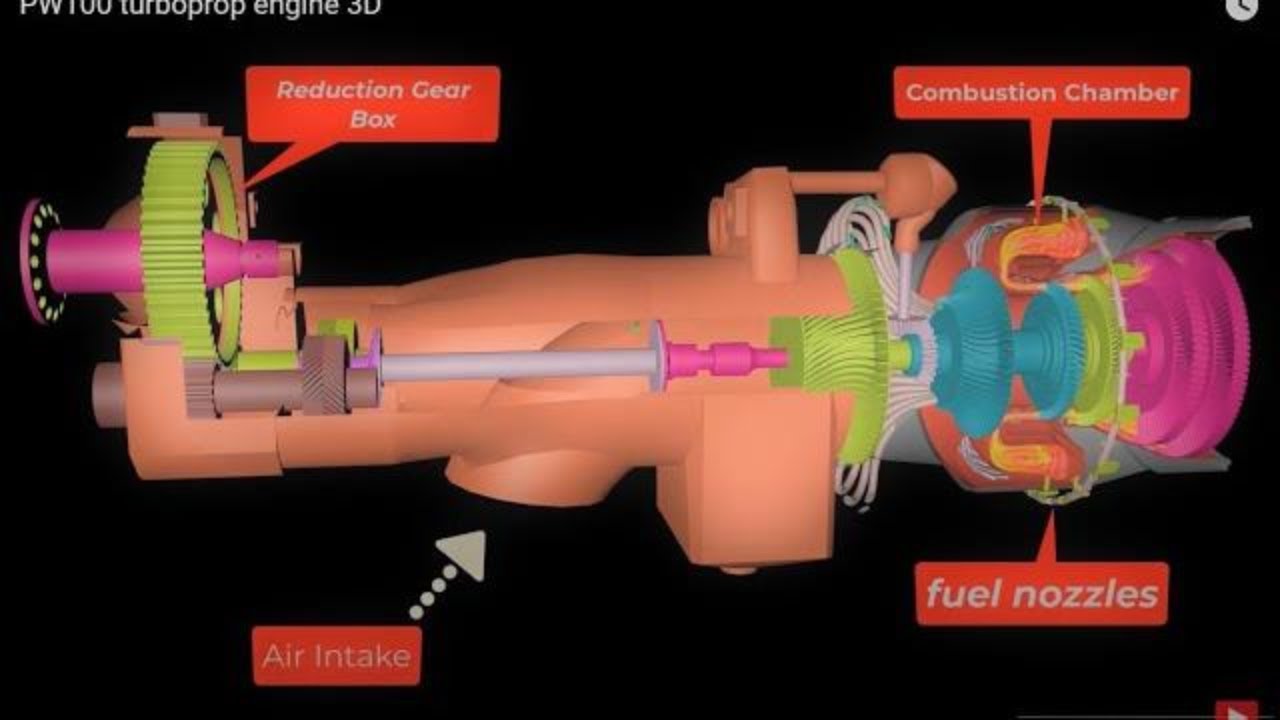The Kaplan turbine is a propeller-type water turbine which has adjustable blades. It was developed in 1913 by Austrian professor Viktor Kaplan,who combined automatically adjusted propeller blades with automatically adjusted wicket gates to achieve efficiency over a wide range of flow and water level.
The Kaplan turbine was an evolution of the Francis turbine. Its invention allowed efficient power production in low-head applications that was not possible with Francis turbines. The head ranges from 10–70 metres and the output from 5 to 200 MW. Runner diameters are between 2 and 11 metres. Turbines rotate at a constant rate, which varies from facility to facility. That rate ranges from as low as 69.2 rpm (Bonneville North Powerhouse, Washington U.S.) to 429 rpm. The Kaplan turbine installation believed to generate the most power from its nominal head of 34.65 m is as of 2013 the Tocoma Dam Power Plant (Venezuela) Kaplan turbine generating 230 MW (Turbine capacity, 257MVA for generator) with each of ten 8.6 m diameter runners.[2]
Kaplan turbines are now widely used throughout world in high-flow, low-head power production.
On this Kaplan runner the pivots at the base of the blade are visible; these allow the angle of the blades to be changed while running. The hub contains hydraulic cylinders for adjusting the angle.
The Kaplan turbine is a propeller-type water turbine which has adjustable blades. It was developed in 1913 by Austrian professor Viktor Kaplan,who combined automatically adjusted propeller blades with automatically adjusted wicket gates to achieve efficiency over a wide range of flow and water level.
The Kaplan turbine was an evolution of the Francis turbine. Its invention allowed efficient power production in low-head applications that was not possible with Francis turbines. The head ranges from 10–70 metres and the output from 5 to 200 MW. Runner diameters are between 2 and 11 metres. Turbines rotate at a constant rate, which varies from facility to facility. That rate ranges from as low as 69.2 rpm (Bonneville North Powerhouse, Washington U.S.) to 429 rpm. The Kaplan turbine installation believed to generate the most power from its nominal head of 34.65 m is as of 2013 the Tocoma Dam Power Plant (Venezuela) Kaplan turbine generating 230 MW (Turbine capacity, 257MVA for generator) with each of ten 8.6 m diameter runners.[2]
Kaplan turbines are now widely used throughout world in high-flow, low-head power production.
On this Kaplan runner the pivots at the base of the blade are visible; these allow the angle of the blades to be changed while running. The hub contains hydraulic cylinders for adjusting the angle.























No comments:
Post a Comment